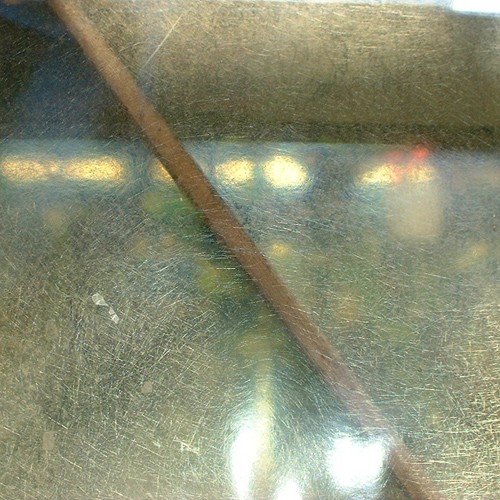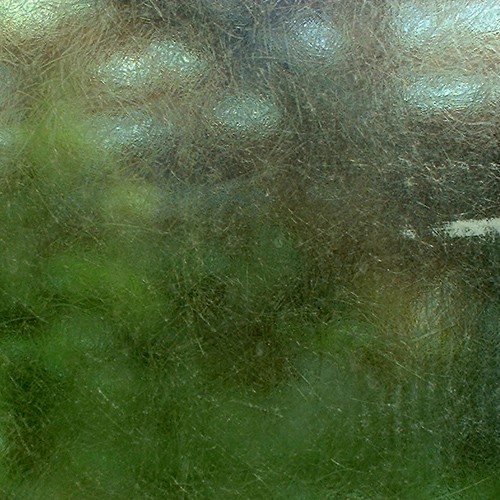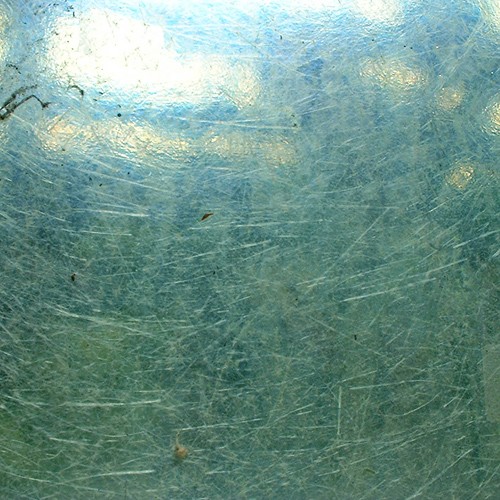
Being a digital artist is a term we hear more and more of. Perhaps it really describes more of an attitude – it’s about how we get organize our work to get digital results, rather than merely being a symptom of using a few of the tools; Photoshop and a drawing tablet alone do not make a digital artist.
Digital means are those reserved for the storage and organization of all virtual, non-physical assets we choose to create.
Of course, neither medium, whether actual or virtual, is meant to replace the other. Yet for some reason, we continuously experience portfolio sites, containing reductions of printed matter – this is where a choice has been made (or non-deliberately, has been allowed) to put a thumbnail in place of an original object. Without going so far as to saying whether I feel this is good or bad, let me just say, you can probably already guess where I’m leaning on the subject.
To become better digital artists, we may think of our output as that whose destination is screen-based. Work we create in this category would therefore include things created for broadcast as well as for on-demand, or personal, browsing. Perhaps, for this reason alone, it remains truly important that we not think purely in terms of reductionist experiences, any more than we should ever talk down to an audience – both are potentially condescending and result in negatively conditioning, and finally, losing an audience.
We already know that the history books have a tendency to edit history severely; we should not edit ourselves out of existence in the process of getting there.
Therefore, a sequence of sound and visual bites does not replace any single element we’ve created in our body of work. The presentation of digital content should be appreciative; it should increase in value, as it is time-based. And our final destination, with all digital work, should be the preservation, as well as the presentation, of original content as both a means, and as an end.



